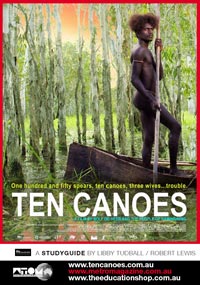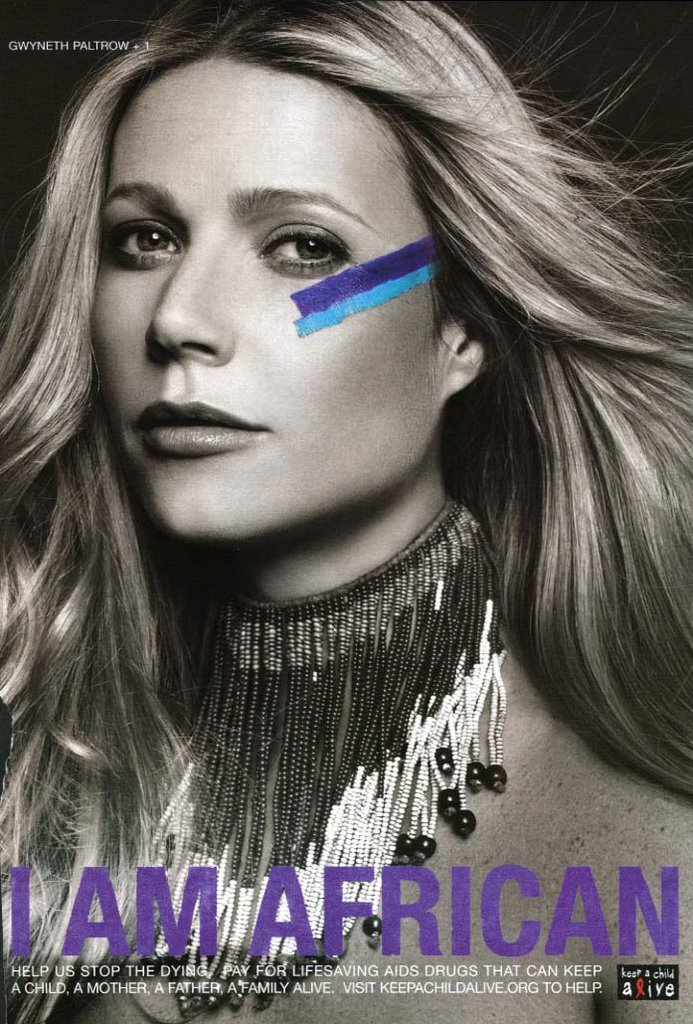A curious development in the struggle to protect traditional knowledge (TK) from unwanted exploitation by outsiders is a strategy called “defensive publishing.” This largely applies to the realm of the patent, not copyright or trademark, because patents are supposed to be granted only for processes, substances, or devices that are truly novel. (There are other criteria as well, but they needn’t concern us here).
If you can prove that something isn’t novel, that it has been known and used for a long time, then it can’t be patented.
To defend traditional knowledge from exploitative patenting, then, there are two basic and fundamentally opposed choices under existing law: define it as a trade secret or protect it in plain view. The goal of the latter is to establish that patent applicants who make use of this information fail to meet the novelty standard.
Although the trade-secrets approach sounds promising, and some legal scholars argue that it’s the way to go for the protection of traditional IPR, it has certain problems. For one thing, a lot of TK isn’t especially secret. It is, almost by definition, in wide circulation within a society. Trade-secrets laws typically say that anyone who can duplicate trade secrets independently–say, through reverse engineering–is free to use them. Still, one can argue that the Aboriginal “keeping-places” emerging in Australia, repositories for TK that have strict rules of access, follow something like a trade-secrets approach. To a more limited extent, protocols for the use of Native American TK in American archives are moving in a similar direction.
The plain-view approach has been adopted in a few important cases–notably, that of Ayurveda, which is documented by the Indian government in the Traditional Knowledge Digital Library. (Site is publicly accessible but requires a simple registration.) The idea is to establish “prior art” and therefore refute claims of novelty.
Yet as the sociologist Sita Reddy has argued in a provocative essay, “Making Heritage Legible,” just published in the International Journal of Cultural Property, the conversion of Ayurvedic tradition into a database generates all manner of contradictions and conflicts.
Continue reading
 Radio Australia
Radio Australia